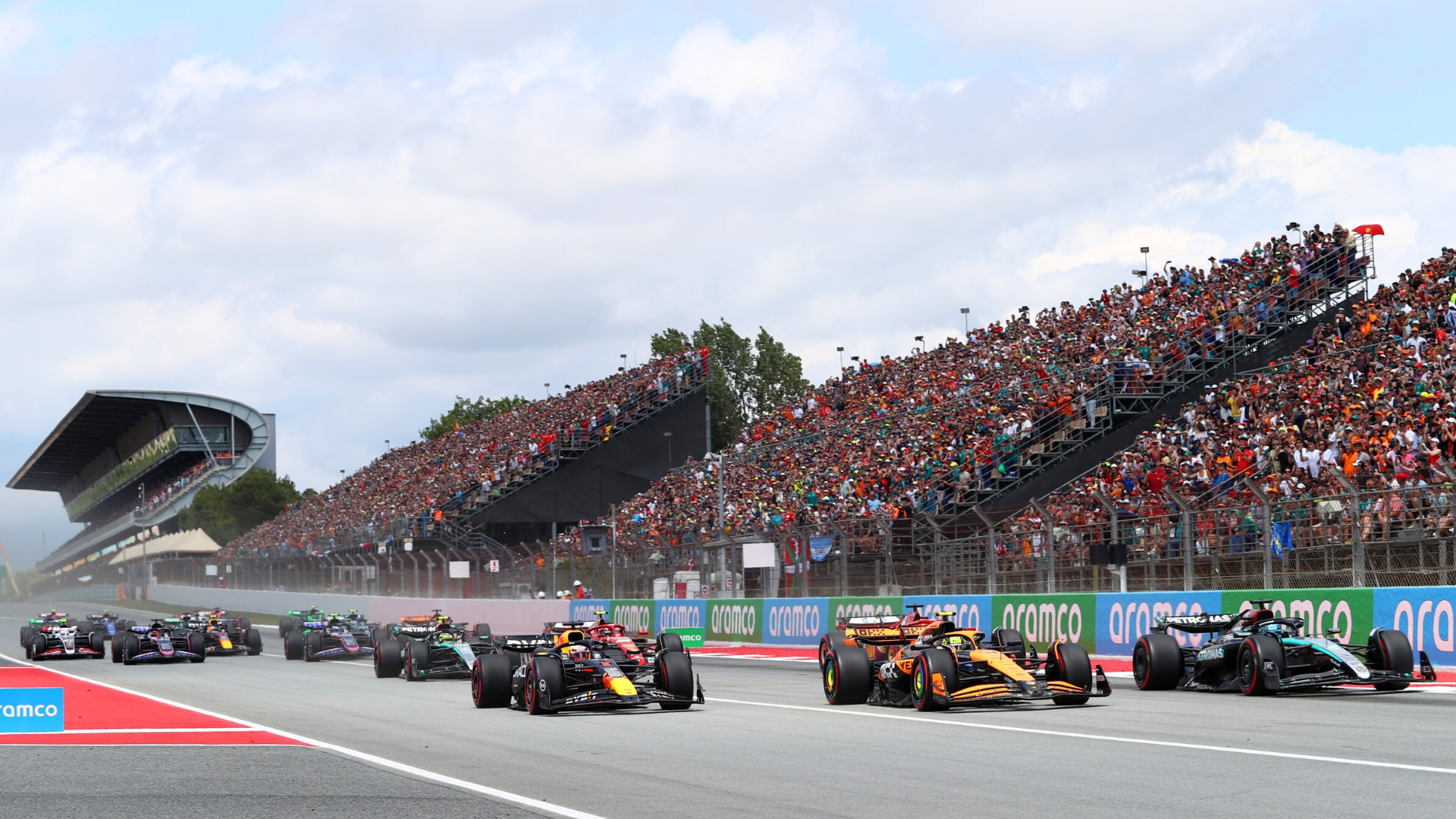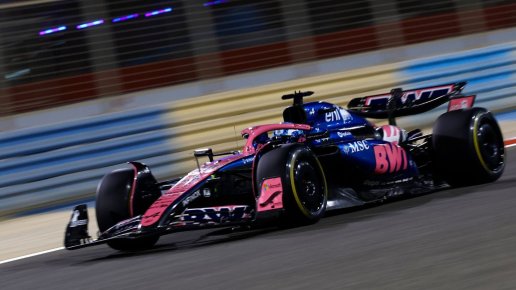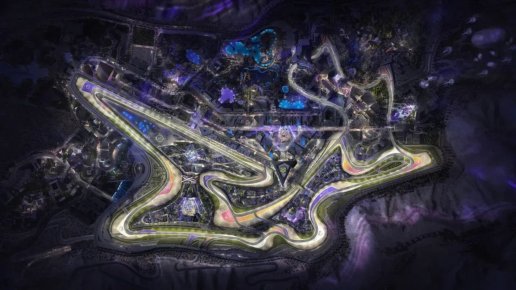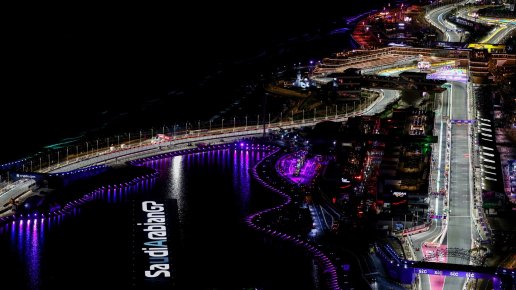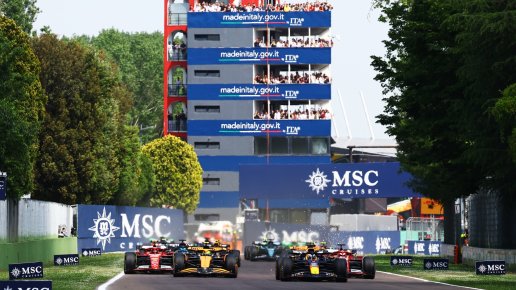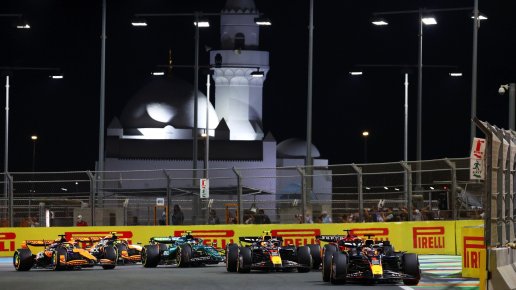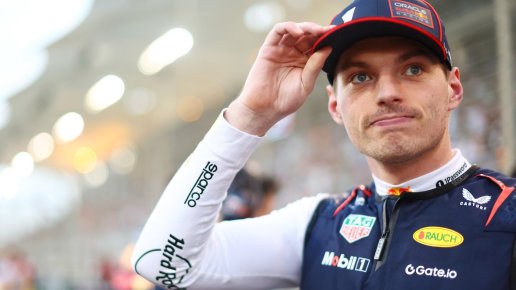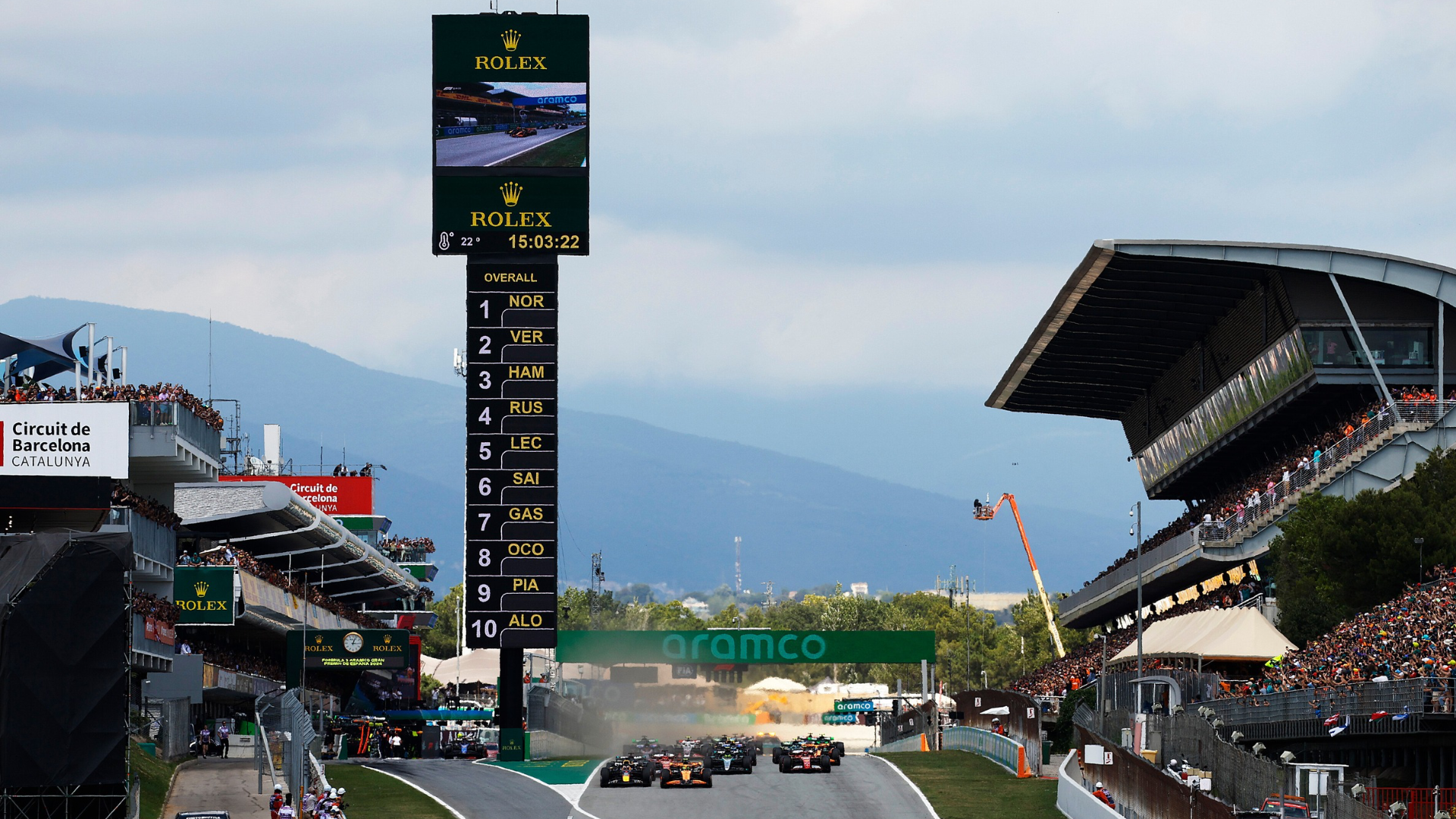
All you need to know about history of Circuit de Barcelona-Catalunya
Circuit de Barcelona-Catalunya, has been a typical venue to hold the Spanish Grand Prix for so many years. Now it is unsure if the event will be on the F1 calendar as Madrid is set to host the event starting from 2026. Let’s dive deep into the circuit’s history and remember how important it is to the sport.
F1 & MotoGP news to your inbox every day.
The Spanish Grand Prix had a long, unsettled history, moving between four different venues from the 1950s to the 1980s. These early years were marked by both tragedy and controversy.
However, in 1991, stability arrived when the Spanish government constructed the Circuit de Catalunya in Montmeló, often known as the Barcelona Circuit. The track was built in time for the 1992 Barcelona Olympics, where it served as the finish line for the road cycling event.
The Circuit de Catalunya held its first race in 1991, starting with the Spanish Touring Car Championship. Just two weeks later, it hosted its first Formula 1 Spanish Grand Prix. Since then, the circuit has become a versatile motorsport hub, hosting the Spanish Motorcycle Grand Prix every year since 1992 and the Catalan Motorcycle Grand Prix since 1996, as well as the World Superbike Spanish round.
Although the track's layout has remained mostly unchanged, there have been a few key adjustments over the years. In 1994, after the tragic accidents at Imola, a temporary chicane was added after the Nissan Chicane as a quick safety measure—so hastily done that it consisted of nothing more than stacks of tires placed in the middle of the track.
In 2013, the track’s name was changed to Circuit de Barcelona-Catalunya following a sponsorship deal with the Barcelona City Council.
The Formula 1 circuit initially differed slightly from the layout used for MotoGP races. However, following the tragic death of Moto2 rider Luis Salom in 2016, the Formula 1 configuration was adopted for MotoGP to reduce speeds and improve safety for riders.
More recently, in 2023, the final chicane, known as the RACC Chicane, was removed for the Formula 1 Spanish Grand Prix, enhancing the speed and flow of the final section of the lap.
Today, the Circuit de Barcelona-Catalunya remains a key venue in the Formula 1 calendar, known for its challenging mix of high-speed straights and technical corners. It can accommodate large crowds, hosting over 110,000 spectators during race weekends.
The circuit has also been a typical place for F1 pre-season testing, serving as a primary venue since the early 1990s. Its diverse layout, which includes a mix of high-speed straights and technical corners, provides teams with a comprehensive environment to evaluate car performance and setup. The circuit's favorable weather conditions, typically milder than other European locations during winter, make it an ideal choice for testing. However, because of even more suitable weather conditions, the pre-season testing moved to Bahrain in 2021 and has been taking place there until today.
In 2026, Madrid will host its first Spanish Grand Prix as the Spanish capital has signed a ten-year contract with Formula 1 at the beginning of this year.
It is still unclear whether Barcelona will keep hosting the Grand Prix at the Circuit de Catalunya after Madrid takes a spot on the F1 calendar. However, talks with the Barcelona authorities about the future are believed to be ongoing, and the option of holding a second event in the country has not been completely.
